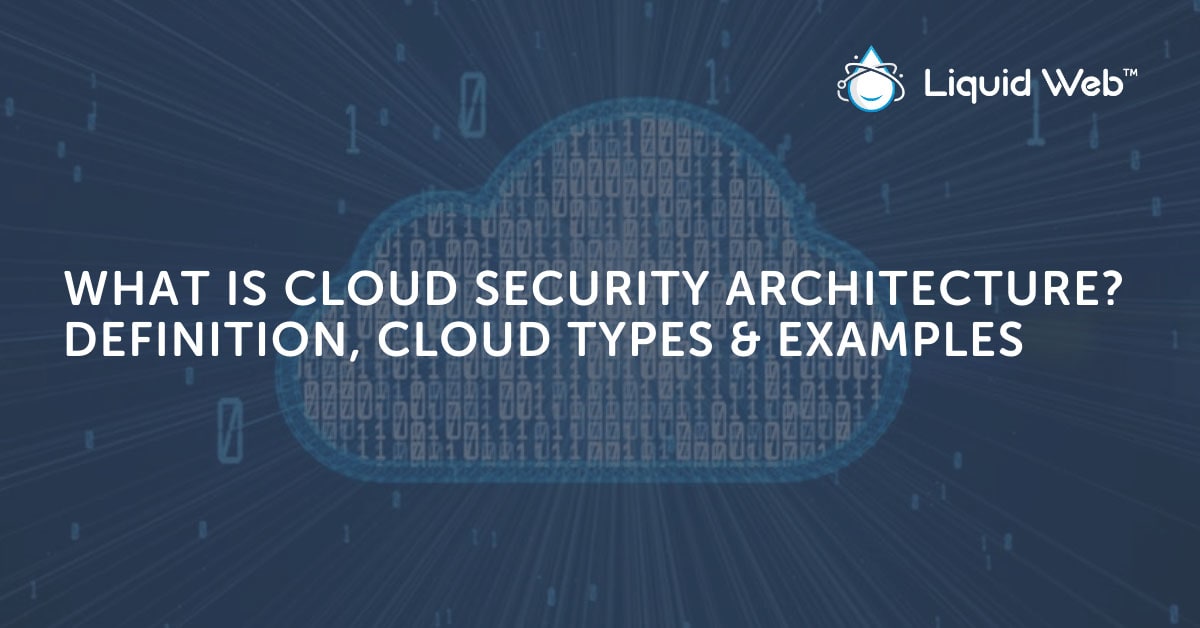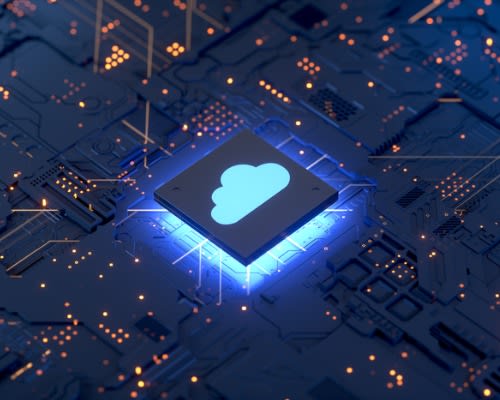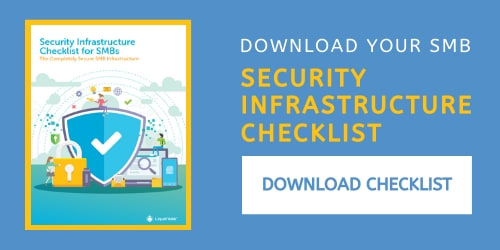
Cloud computing has become a popular and widely used network for storing and processing data. This raises a valid question of comparing traditional on-premise infrastructure security vs cloud security architecture?
Business organizations in the 21st century need to have such tools or software that can safeguard their confidential information and data files from getting exposed. Cloud security architecture is a security framework that helps minimize the chances and threats of the most common cyber attacks while keeping their data secure.
This security infrastructure is an additional barrier to protecting vulnerable data and information. The framework includes different security applications as well as identity management and data protection plans. It gives detailed schemes and policies on how to manage the data processing while keeping it highly secured.
What is Cloud Security Architecture?
Cloud security architecture is a framework of all hardware and software needed to protect information, data, and applications processed through or within the cloud. There are a variety of cloud computing frameworks such as public clouds, private clouds, and hybrid clouds. All clouds need to be highly secured so valuable data and information won’t be at risk.
Importance of Cloud Security Architecture
As an organization grows, it needs to have highly-secured platforms for processing its workload. Cloud networks have many advantages but also come with a fear of security issues. If the confidential data becomes accessible to any unauthorized individual, it becomes a pretty alarming situation for the organization, making cloud security architecture quite important.
Cloud security architecture can minimize the security loopholes that often go unnoticed in Point of Sale (POS) approaches. Also, cloud security architecture reduces the redundancy issues in the security network. It also helps organize the security measures while making them reliable during data computing. Complex security matters can also be handled well with a proper cloud security architecture.

Elements of Cloud Security Architecture
There are several elements to keep in mind when creating cloud security architecture.
- Security at Each Level: Each level of security and its components must have tight security barriers.
- Uniform and Centralized Management of Components: Components must be categorized in each layer and managed uniformly to be efficient.
- Well-Designed Infrastructure: The design of infrastructure should be made tough to crack. However, the structure must have good disaster recovery plans in order to battle worst case scenarios.
- Alert Notifications Must be Turned On: The access to applications and control panels must be highly secured. Alerts & notifications must always be turned on so that you can get to know about a security breach, if one occurs.
- Centralization and Authentication Must be Done: Cross-CSP (content security policy) Identity, authorization, and authentication must be applied across all the providers in use.
Types of Clouds and Security Responsibilities for Client/Provider
In cloud security, the responsibility to secure the cloud lies on both the client and provider. That’s why it is said to be a shared responsibility. However, shared responsibility doesn’t mean that responsibility becomes less.
The cloud provider will handle different aspects of physical infrastructure and the security of applications. Meanwhile, the client will be responsible for the authorization and control of the cloud environment.
Organizations use different service models. These service models include Infrastructure-as-a-Service (IaaS), Platform-as-a-Service (PaaS), and Software-as-a-Service (SaaS).
Infrastructure-as-a-Service
Infrastructure-as-a-Service is a service model that offers virtualized computing resources, including storage, networking, and different machines that can be accessed through the Internet. In this model, the cloud service provider (CSP) has full authority over secure servers, storage, hypervisor, and virtualization. The client is responsible for data, applications, and network traffic. The majority of the responsibilities lie with the client in this model.
The IaaS cloud security models have these security features:
- Assess and review resources for misconfiguration.
- Automation of policy corrections.
- Prevention of data loss with Data Loss Prevention (DLP) tools.
- Identifies suspicious user activity and behavior.
- Detection and removal of malware.
Platform-as-a-Service
Platform-as-a-Service is a service model that offers a secure platform to develop applications for developers or organizations. In this model, the cloud service provider is responsible for most elements such as networking, storage, and hardware, while the client is solely responsible for the security of the applications, permissions, and configurations. This service model builds upon IaaS deploying applications while remaining cost-effective.
The advantage of this model is that you don’t need to buy all the hardware and resources that you would in the IaaS model.
Features included in PaaS:
- Cloud Access Security Brokers (CASB).
- Cloud Workload Protection Platforms (CWPP).
- Cloud Security Posture Management (CSPM).
- Logs, IP restrictions, and API gateways.
- Internet of Things (IoT).
In PaaS, middleware (software that joins the operating system with application on a network) and software are included. These elements are considered services to the application. Hence, in this cloud security model, the CSP and client focus on securing the services for creating an application.
Software-as-a-Service
In this model, the terms and conditions of security ownership are discussed with the provider in their contract. For example, Managed WordPress is a SaaS-based platform that hosts an organization’s hardware, infrastructure, hypervisor, network traffic, and operating system as the user can not see these elements. The internal security system is not the client’s sole responsibility as it is a shared responsibility with the cloud service provider.
Features included in SaaS applications and infrastructure controls:
- Administration of data loss prevention.
- Avoidance of unauthorized sharing of vulnerable data to unofficial individuals.
- Blocking the download of corporate data to personal devices.
- Identification of security breaches, insider threats, and malware.
- Visibility into private applications.
- Review for misconfiguration.
5 Top Cloud Security Features
For a highly-secured cloud platform, there are a variety of tools that can be helpful to keep confidentiality and reliability intact. Below are the security features that must be present in your cloud security model.
1. Data Encryption
Encryption safeguards text and data by translating them into ciphers that can only be deciphered, accessed, and edited by selected parties. Data encryption is a constructive method to keep the most vulnerable cloud data safe and secure from the use of any unauthorized individual. Additionally, encryption lowers the risk of stolen data used for nefarious purposes. With data encryption, the CSP will have a chance to alert the customer, and the client can take steps to protect their files.
2. Resilient Firmware
Firmware resilience is a Field-Programmable Gate Array (FPGA) based solution that helps in preventing attacks to the firmware layer. It also includes recovery of the data after an attack to restore your system to its previous working state.
3. Advanced Perimeter Firewall
A firewall is a device that monitors incoming and outgoing traffic. It will allow or block the traffic after scanning the traffic against security standards. Firewalls are important as they ensure a security barrier for the network traffic. Unfortunately, the majority of firewalls used to protect data are quite basic because they only scrutinize the source and destination packets. Still, a few more advanced firewalls are available that implement stable packet inspection.
4. Intrusion Detection Systems
An intrusion detection system (IDS) must be present in all IT security systems. With IDS, you can track and record all kinds of intrusion attempts. To prevent intrusion attempts, you must have excellent managed detection and response (MDR) security. MDR security will scan the malware present within your system and remove it.
5. Data Centers with Strong Physical Security
You or your CSP (depending on your service model) need to secure your data centers with physical security such as 24/7 CCTV monitoring, security guards, and locked cages or cabinets for server racks.
Cloud Security Architecture Challenges and Threats
Data breaches and security threats affect the integrity of cloud services. However, you must be prepared for such threats while planning your cloud deployment.
Here is a list of cloud security architecture challenges and threats to consider:
Insider Threats
Insider threats include the workers within your organization who have access to systems and cloud service providers that can leak or steal your valuable data. This is why it is necessary to choose a trusted CSP service and only allow selected authorized people to access the data.
Denial-of-Service (DoS) or Distributed-Denial-of-Service (DDoS) Attacks
DoS or DDoS attacks seek to crash a system with repeated requests until the service is unreachable. Security limits can deflect these attacks using network compliance policies to eliminate repeated requests. In addition to this, the CSPs can also shift the data traffic to other resources while restoring the system.
Password Issues
Even if you have a well-structured security architecture, weak passwords place your system at potential risk. Cloud security architecture helps in securing hardware, firmware, and software. However, all systems should always have a strong password and two-factor authentication to keep your data safe.
4 Examples of Stellar Cloud Security Architecture
1. Intel Cloud Security Architecture Products and Solutions
Intel offers excellent security architecture products. One of those is Intel® Software Guard Extensions which creates a secure environment by incorporating security capabilities for data processing in memory.
2. AWS Cloud Security Architecture
3. Azure Security Architecture
Azure offers unique security features such as Azure Disk Encryption that helps store encryption keys inside an Azure Key Vault. This feature also limits data access. Azure also provides identity management support with the help of Azure Active Directory.
4. Liquid Web VMware Private Cloud Solutions
Develop Your Workloads in the Modern Cloud With VMware Private Cloud
It is quite important to understand each service model so you can decide which model will work best for your company’s requirements. Liquid Web offers secure Private Cloud services powered by VMware and NetApp and backed by 24/7/365 Support from The Most Helpful Humans in Hosting. Contact us today to launch your next cloud.
[ad_2]
Source link







